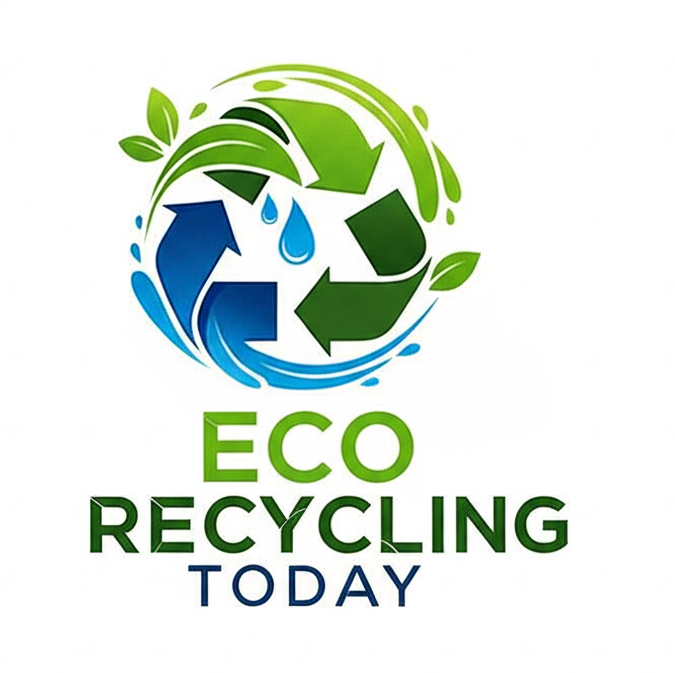As recycling becomes increasingly vital for environmental sustainability, new technologies like automatic recycling bins are transforming how we manage waste. But what exactly are automatic recycling bins, and how do they work? Let’s explore everything you need to know about these smart solutions for waste management.
What Are Automatic Recycling Bins?
Automatic recycling bins are waste containers equipped with sensors and smart technology that help sort and collect recyclable materials efficiently and hygienically. Unlike traditional bins, which require manual sorting and handling, automatic bins use automation to improve recycling rates and reduce contamination.
How Do Automatic Recycling Bins Work?
1. Sensor Detection
Most automatic recycling bins are fitted with sensors such as infrared, ultrasonic, or weight sensors. These sensors detect when someone approaches and automatically open the lid, allowing touch-free disposal. Some advanced models can even identify the type of waste based on size, shape, or material.
2. Sorting Mechanisms
More sophisticated bins feature internal sorting systems that separate recyclables like plastic, metal, paper, and glass. This is done using AI-powered cameras, RFID scanners, or optical sorting technology.
3. Compaction and Storage
Automatic recycling bins often have compaction features to compress recyclables, increasing bin capacity and reducing the frequency of collections. They may also notify waste management teams when full via IoT connectivity.
4. Data Tracking
Many automatic bins are connected to cloud-based systems that track recycling rates, contamination levels, and fill status. This data helps municipalities and businesses optimize waste collection routes and recycling programs.
Benefits of Automatic Recycling Bins
- Hygienic and Touchless: Reduces contact with waste, lowering the spread of germs.
- Improves Recycling Accuracy: Smart sorting decreases contamination of recyclables.
- Increases Efficiency: Compaction and fill-level alerts reduce collection costs.
- Encourages Public Participation: Easy and smart design encourages people to recycle more.
Where Are Automatic Recycling Bins Used?
- Public parks and streets
- Office buildings and campuses
- Shopping malls and airports
- Residential complexes
- Industrial and manufacturing sites
Automatic recycling bins represent the next step in smart waste management, combining technology and sustainability to make recycling easier, cleaner, and more efficient. As cities and organizations adopt these innovations, we can expect higher recycling rates and less environmental impact.
FAQ
Q: Can automatic recycling bins sort all types of recyclables?
A: Advanced models can sort common recyclables like plastics, metals, paper, and glass, but capabilities vary by manufacturer.
Q: Are automatic recycling bins expensive?
A: They typically have higher upfront costs than regular bins but save money over time by reducing labor and collection frequency.
Q: How do automatic recycling bins improve recycling rates?
A: By providing easy, touch-free disposal and reducing contamination, they encourage more people to recycle properly.
